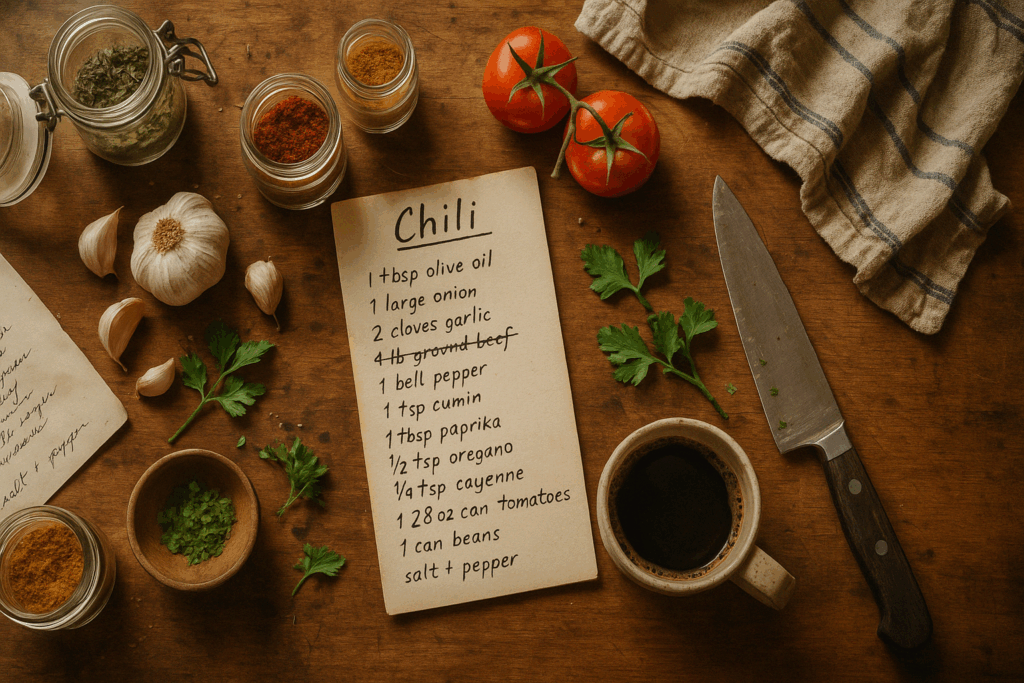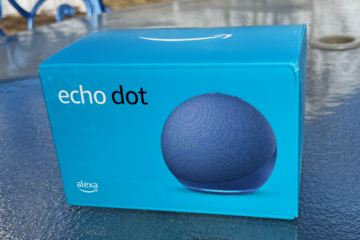Craft a Custom GPT Like a Chef: Lessons in AI and Iteration

I know a woman who loves to feed people. She enjoys browsing recipes and snaps screenshots to browse later.
Recipes, though, for her are like suggestions from a friend. They’re something to consider, to mull in a quiet moment, maybe while weeding or on the way home from work. Then, when she is in the kitchen, she creates.
Spices from the rack. Ingredients from the crisper, the freezer, the cabinet. Whatever she thinks will work well together with the flavors in her head, she assembles and prepares.
Her creativity is inspiring and delicious.
Crafting a Custom GPT – stick with me, I know it’s a stretch – can approach the same heights of creativity if you’re willing to lean into uncertainty while leaning on OpenAI’s generative artificial intelligence.
Basic Ingredients
Custom GPT: According to ChatGPT 4o, this is “a personalized version of ChatGPT that’s been tailored to specific tasks, audiences, or use cases. Built using OpenAI’s GPT Builder tool, a Custom GPT allows you to define how the assistant behaves, what it knows, and what tone or personality it uses when interacting.”
Problem to Solve: Ideally, the impetus for the Custom GPT will be a task or series of tasks which you need to replicate often. In their Exponential View Substack, Azeem Azhar and Marija Gavrilov recently wrote, “if a task, or even a question, comes up five times a month, it’s a candidate for automation. This “5x rule” helps spot patterns hiding in plain sight and forces you to think in systems rather than routines.”
That’s spot on. I use two Custom GPTs for brand building work and refer to them at least once a week, if not more often. They’re always-on sounding boards and tactical partners to aid me whenever necessary.
Beginner’s Mind: A concept of Zen Buddhism which emphasizes looking at the world with fresh eyes. James J. Valenti, Dean of Columbia College, summed it up well when he said, “Beginner’s Mind warns us that the ‘expertness’ that derives from our own experiences and those of others can limit our perceptions, our judgments, our understandings and our imaginations.”
No need to overthink it. Just begin, muck around, and figure it out as you go.
Preparation
I volunteer with the RISE Community and work with Joanne Taylor to assemble a newsletter each week. While we typically share the tasks, Joanne’s holiday put me in the driver’s seat this week.
Although we both found reading through all the Discord posts from our Community members to be most effective at capturing key moment and observations, I wanted to try to build a new Custom GPT. An original Custom GPT had been crafted more than a year ago, and generative AI has come a long, long way in that time.
Not knowing where to start, I attempted a “Beginner’s Mind” frame and entered this prompt into ChatGPT 4o:
I have a custom GPT that doesn’t work very well. At least its results aren’t helpful. How should I go about updating it?
From that simple start, I prompted and pushed and prodded until we settled on an approach. It asked for examples of the newsletters and Discord posts, but I didn’t know which format to use, so I asked it.
PDFs would work, it said, and asked for them in a single compressed file. Done.
Get Cooking
This got very messy very fast. It created sample Discord posts then sample outputs; all very conceptual, esoteric, and not good.
Back to “Beginner’s Mind.”
If I provided last week’s raw Discord posts and final newsletter, could that help it do a better job? Yes!
Once the materials were provided, it said, it would map raw posts to summaries, build better GPT instructions, and create a few examples.
Which is exactly what happened. From the examples provided, I knew I was close enough, so I had it generate the exact set of instructions I’d need to use to build the Custom GPT.
Downloaded the text file. Spun up the new Custom GPT, and I could start the new newsletter.
Yes, it wasn’t simple, but remember I only need to do this one time.
Season To Taste
What I’m describing is not akin to a pizza making robot. I can’t dump in ingredients and walk away five minutes later with a finished product. The human component matters, a lot.
After extracting the fresh Discord posts, I ran the Custom GPT. It was pretty good, but, because I had read posts through the week, I knew it glaringly missed a couple of signifcant messages.
Time to adjust the flavors with several fresh prompts. Once the output passed muster, I prompted:
How should the GPT instructions be revised to ensure you don’t miss things like the callout I made in this conversation?
It provided a recommendation for how its instructions could be improved to ensure it did not miss important and high-engagement updates. And, the chef’s kiss, it asked if I wanted it to update the Custom GPT instructions accordingly.
Uh, yes please.
Taste Test
As the saying goes, the proof is in the pudding, so I built the newsletter and sent it to a core group of members. Early returns are encouraging, and I’m eager to hear how the community reacts when the newsletter lands in their inboxes late Sunday afternoon.
Take and Bake
You can do this!
All you really need is a paid ChatGPT subscription – I use the ChatGPT Plus plan – and the will to try. As described here, creating a bespoke Custom GPT is eminently doable by anyone who understands the process or task to be automated and who is open to experimenting with generative AI.
If that seems too daunting, or you simply want to start using a final, fully-baked product, I can help with that.
Seriously, I would welcome an opportunity to work through a fresh challenge. It would help me build a new service which may be useful to others while you would get a tool you trust which you could use as needed.
Connect with me, and we’ll create it together.



0 Comments